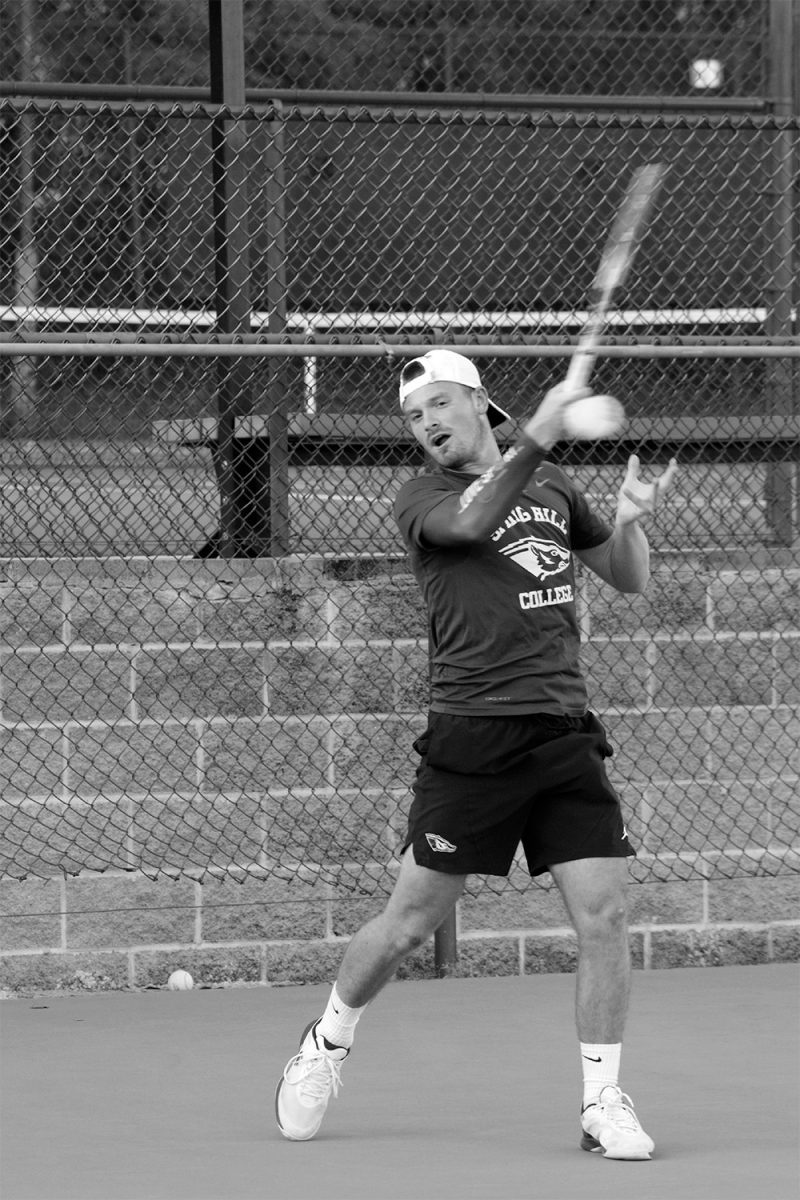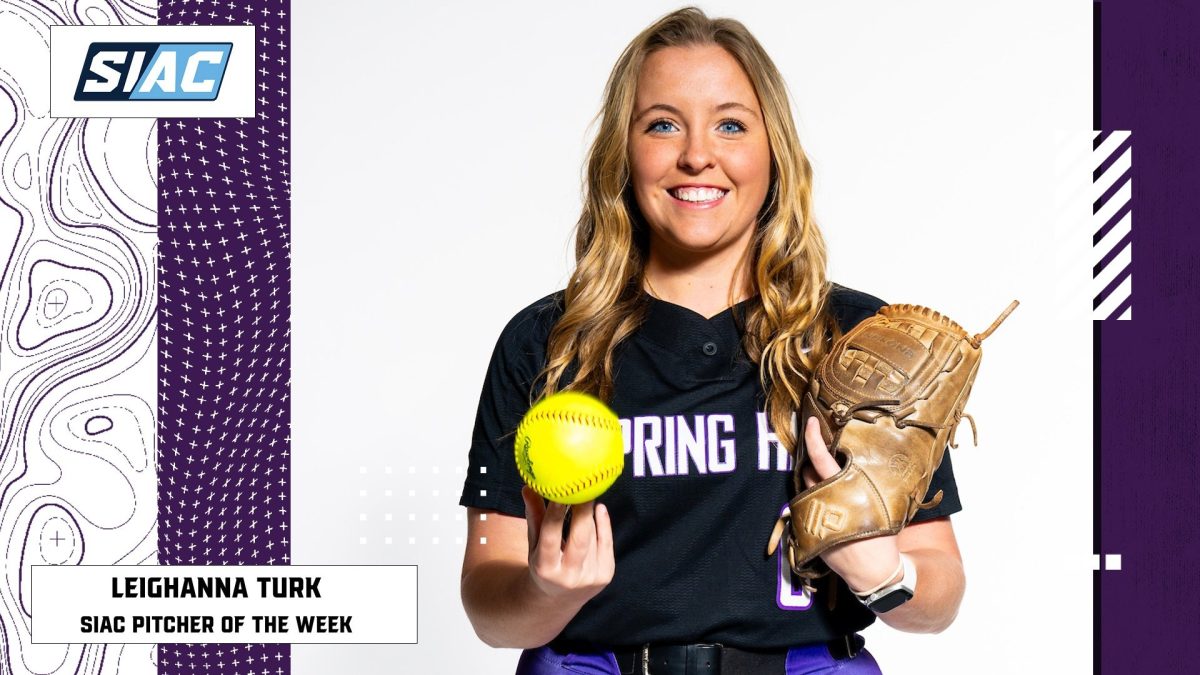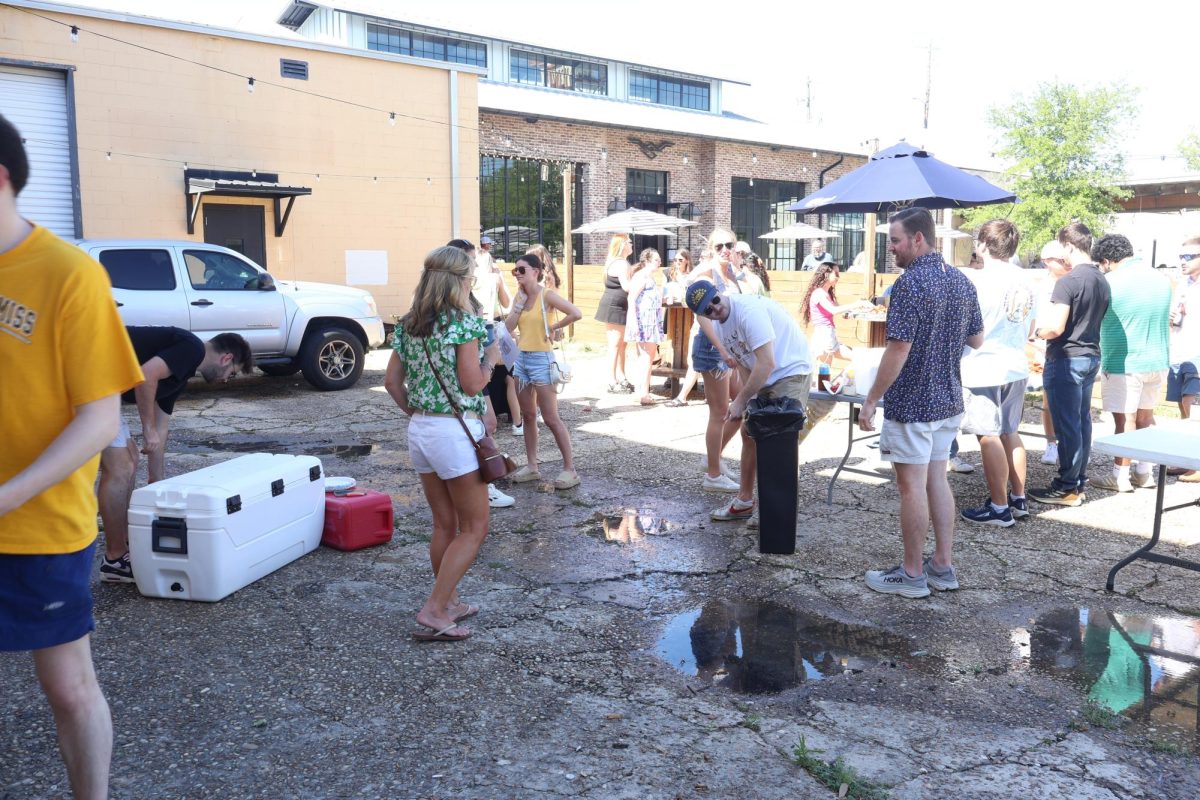On Oct. 29, The NCAA moved to allow student-athletes to profit from their name, image and likeness.
According to the NCAA press release on Oct. 29, “the NCAA’s top governing board voted unanimously to permit students participating in athletics the opportunity to benefit from the use of their name, image and likeness in a manner consistent with the collegiate model.” The press release summarized the three key takeaways from the board meeting:
-
“The NCAA has taken a major step today by committing to allow name, image and likeness opportunities for student-athletes consistent with the college athlete model.”
-
“The college athlete model is not the professional model, meaning students will compete against other students, not professionals or employees.”
-
“The NCAA is best positioned to provide a uniform and fair name, image and likeness approach for all student-athletes on a national scale.”
The NCAA does not currently allow student-athletes to profit from their name, likeness and image. However, student-athletes at the Division I and Division II levels can receive athletic scholarships. Chad LeBlanc, Spring Hill’s Assistant Athletic Director for Compliance, stated that a scholarship is “strictly defined as tuition, fees, room, board and books” and “it wasn’t until recently that Division 1 let schools give additional cash up to that federal cost of attendance level.”
The impending NCAA rule changes come in response to California’s passing of the Pay to Play Act in September. According to a report by The Los Angeles Times, California’s act will, by law, allow student-athletes to profit off of their name, image and likeness. According to an article from CBS Sports, other states such as Colorado, Florida, Illinois, Kentucky, Minnesota, New York and 5 other states have made similar bill proposals.
LeBlanc says that “the problem with these states proposing their own bills is that each of those laws aren’t going to line up and be the same.” LeBlanc shared that in order to combat this issue “the NCAA has put forth a directive to each division to come up with their own set of rules that will work for the member schools.” According to the NCAA, the board asked each division “to create any new rules beginning immediately, but no later than January 2021.”
“Right now, it is kind of open period. Throw in your suggestions. In January, during the national convention, there will be lots of discussion and hearings to try and govern and find a way to make this work. In April, there is another board meeting where there will be discussions, voting, and possibly a rule proposal. They can have some rules put together, and hopefully be approved, as early as this summer,” said LeBlanc.


























